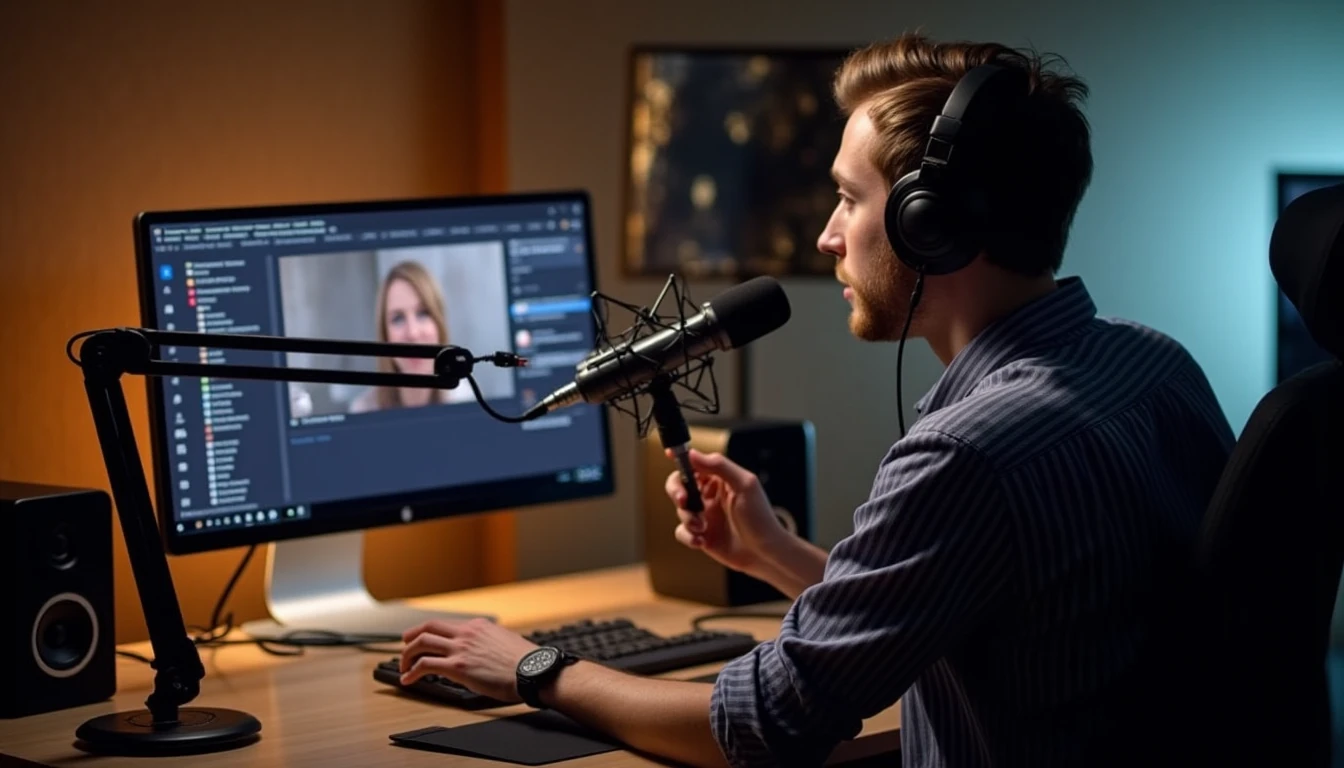Podcasting has emerged as a significant force in the digital landscape, offering listeners an unprecedented level of accessibility to content across a wide range of topics. As this form of audio content continues to grow and evolve, it’s important to understand its origins, current state, and potential future impact on traditional media formats.
The Origins of Podcasting
Podcasting as we know it today can be traced back to the early 2000s when RSS feeds were first used to distribute audio files. However, its true birth occurred in 2004 with the introduction of Apple’s iTunes software and podcasting feature. This technological innovation allowed users to easily download and listen to podcasts on their iPods or other MP3 players. The term “podcasting” itself is a blend of the words “iPod” and “broadcast,” reflecting its roots in this early technology.
The accessibility provided by these devices combined with the ease of content creation using basic equipment like microphones, headphones, and recording software led to an explosion of podcast creators across various niches. Early podcasts covered topics ranging from news and current affairs to comedy, entertainment, and educational content. This diverse offering quickly attracted a wide audience, setting the stage for podcasting’s rapid growth over the following years.

Growth and Evolution
The evolution of podcasting has been marked by several key milestones that have shaped its trajectory into today’s media landscape. One significant factor was the introduction of smartphones in 2007, which allowed users to access podcasts more conveniently than ever before. This shift brought about increased mobility for listeners, enabling them to consume content on-the-go while commuting or engaging in various activities.
Another pivotal moment came with the rise of ad-supported podcasting, which provided a revenue stream that encouraged more creators to enter the space. Companies like Gimlet Media and Radiotopia emerged as podcast networks dedicated to producing high-quality content for advertisers willing to invest in this burgeoning medium.
In recent years, major streaming platforms such as Spotify have also entered the fray, further solidifying podcasts’ place within the broader audio entertainment ecosystem. These platforms offer features like curated playlists, recommendations based on listening history, and seamless integration with existing music libraries—all of which enhance user experience and drive consumption.
Potential Impact on Traditional Media
As podcasting continues to gain traction, it poses both opportunities and challenges for traditional media formats like radio and print journalism. On one hand, the rise of podcasts has democratized content creation by lowering barriers to entry and providing a platform for diverse voices that might not have been heard otherwise through conventional channels.
However, this shift also means that audiences are increasingly turning away from traditional sources in favor of podcast alternatives. For instance, news podcasts offer listeners an alternative way to stay informed about current events without relying solely on newspaper subscriptions or tuning into daily radio broadcasts. Similarly, narrative storytelling through podcasts competes with serialized content traditionally found in magazines and books.
Conclusion
Podcasting has come a long way since its inception just over two decades ago. From humble beginnings as an extension of RSS feeds to becoming a significant player in today’s media landscape, podcasting offers unparalleled accessibility and flexibility for both creators and consumers alike.
As technology continues to advance and audience preferences evolve, it remains crucial for traditional media outlets to adapt by incorporating podcasting into their strategies or risk losing out on reaching key demographics. By embracing this dynamic format, they can tap into new audiences while maintaining relevance in an ever-changing digital world where choice reigns supreme.
